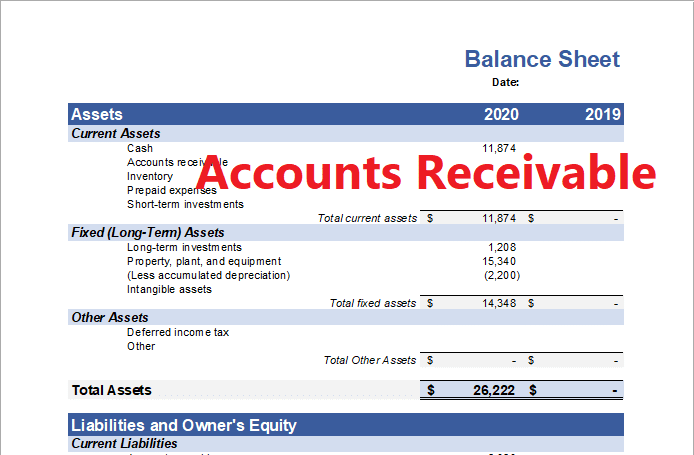Noncurrent Liabilities Accounts
Long-term financial viability is assessed by contrasting noncurrent liabilities with cash flow. Long-term investors evaluate noncurrent drawbacks to determine whether a company is utilizing excessive leverage, whereas lenders are more concerned with short-term liquidity and the level of current obligations. The more debt a corporation can take on without raising its default risk; its cash flows are more stable.
NON CURRENT LIABILITIES IN BALANCE SHEET
Obligations reported on the balance sheet that are not due for at least a year are long-term liabilities or noncurrent liabilities.
To analyze a company’s leverage, noncurrent liabilities are used in several ratios, such as debt-to-assets and debt-to-capital.
Long-term loans and leasing commitments and bonds due, and deferred revenue are all examples of noncurrent liabilities.
NON CURRENT LIABILITIES AND CURRENT LIABILITIES
- Liabilities that must be settled within a financial year are referred to as current liabilities.
- If liability cannot be settled within a financial year, it is considered noncurrent.
- The credit period for current liabilities is less than one year.
- The payback duration of noncurrent liabilities is greater than 12 months.
- Due to the nature of current obligations, they appear on only one balance sheet at any given time.
- Because of their long-term nature, noncurrent liabilities exist on several balance sheets.
- Working capital is reduced when current liabilities are repaid.
- Noncurrent liability repayment does not affect a company’s working capital. Such obligations, however, influence the company’s working capital due to the payment of interest on them.
- Current liabilities are incurred when a company’s day-to-day operations result in obligations that must be met.
- Noncurrent liabilities are typically a result of a company’s longer-term finance need.
learn More about Trial Balance
TYPES OF NON CURRENT LIABILITIES
Following are the types:
Lines of credit
Essentially, a credit line is an arrangement whereby the lender agrees to make a certain amount of money available to the borrower when the borrower needs it. As opposed to receiving a one-time lump sum, the company gets credit on a need-to-use basis up to the credit limit set by the lender.
LONG TERM LEASE
To satisfy their purchase agreements, firms must often make lease payments. To fund the purchase of fixed assets, such as industrial machinery and motor vehicles, companies utilize capital leases.
BONDS PAYABLE
For capital projects, a bond is a long-term lending arrangement between a lender and a borrower. If the payment duration exceeds one year, it is considered a long-term liability and is issued by an investment bank.
NOTES PAYABLE
On a promissory note, the borrower unconditionally promises to pay back the principal and interest to the lender, and this is a unique sort of loan agreement.
DEFERRED TAX LIABILITIES
Unpaid taxes from the present period must be paid in the future, and these taxes are known as “deferred tax liabilities.”
NON CURRENT LIABILITIES RATIOS
The noncurrent asset-to-net worth ratio is an indicator that compares the value of a company’s long-term noncurrent assets to its net worth. By removing liabilities from total assets, net worth is the actual value of a business or organization.






